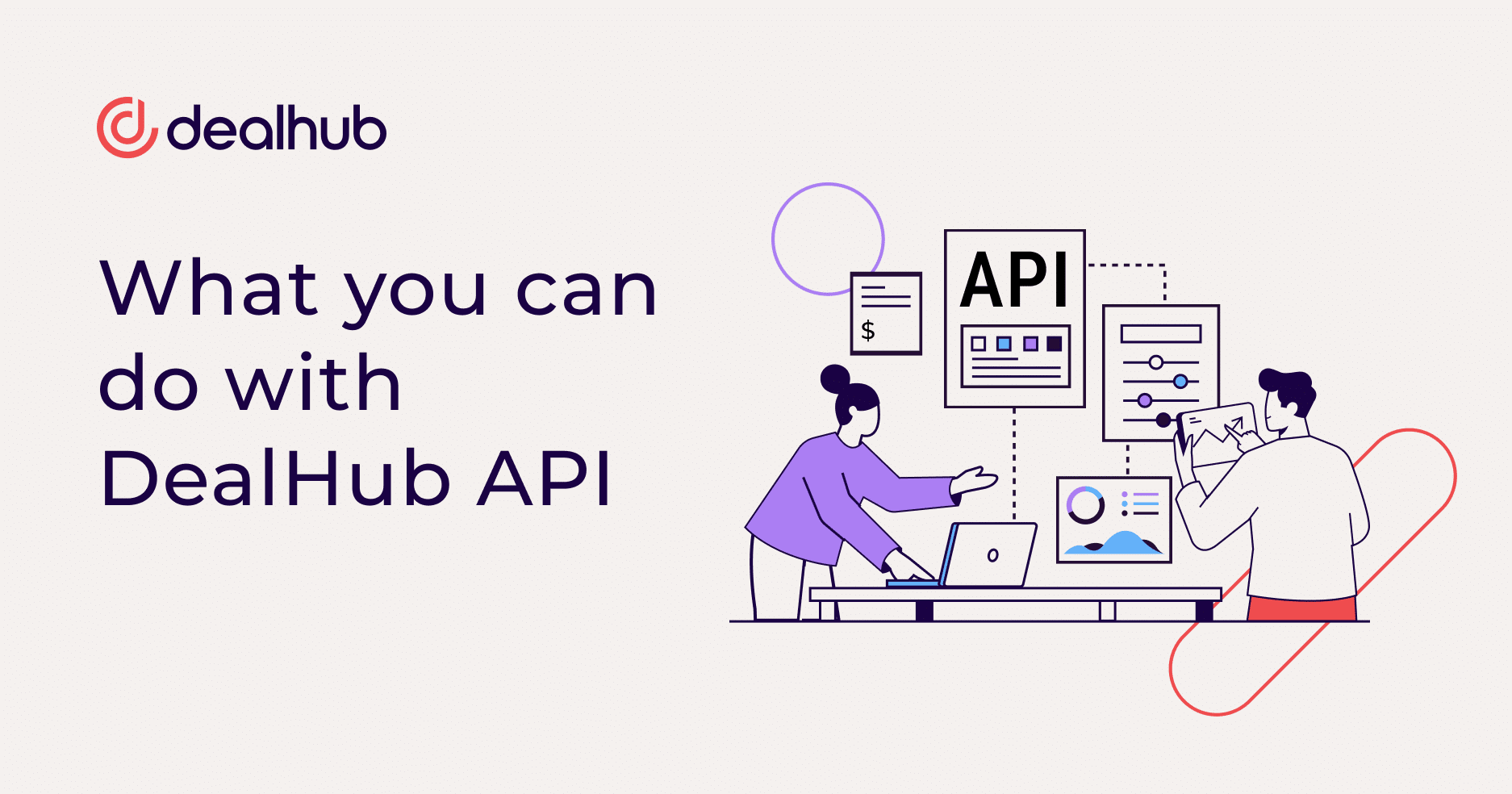- Statistic #1: If your sales team is trying to sell to a typical company with 100 to 500 employees, on average there will be seven people in that company involved in the decision-making process.
- Statistic #2: Customers are more skeptical than ever of salespeople. A mere 13% of them believe a salesperson is capable of understanding their needs.
The implications for your sales team are significant. For every deal your reps try to close, they will need to convince seven people, the majority of whom have little to no faith in your reps’ ability to provide them with what they want.
The obvious question is where do you go from there. How do you currently run the proposal process and how can you improve how your sales organization negotiates?
I don’t know about you, but for me, this means your reps have a whole lot of bridge building to do with a whole bunch of folks. Fortunately, there are some key strategies and technology your reps can use to break down the barriers between them and their customers, helping them earn customer trust and increase sales.
Tips for Improving How Your Sales Organization Negotiates Proposals
Eliminate the “us” versus “them” mentality
Collaborative sales technology is a nifty phrase that aptly describes the new tools available for reps to use to interact quickly and easily with their prospects. The strategy here involves getting the prospect to view the sales rep as an ally, someone who is on their side and actively engaged in getting them exactly what they want.

Most companies are familiar with customer relationship management (CRM) technology that helps organize, synchronize and automate the activities of marketing, sales, customer service and tech support. However, more companies are now realizing the benefits of adding an additional technology component to their CRM—a CPQ solution (Configure-Price-Quote)—that focuses on streamlining the proposal process.
Why? Because keeping the momentum going in the negotiation and proposal phase is critical to your sales team’s success. You can increase your efficiency and decrease your “lead to win” time by automating the areas where repetition and mistakes are slowing you down.
For example, your sales rep no longer has to start from scratch configuring a set of products for each quote. CPQ technology simplifies this repetitive and time-consuming task by enabling your rep to quickly build an accurate quote using a wizard-driven process and stored configurations from previous winning quotes. This helps prevent pricing and order inaccuracies from ever reaching the customer. (Something they’re apparently expecting.)
Of course, your rep delivering the quote to your customer isn’t the end of the story, it’s just the beginning of the real collaboration. Remember those seven people who are part of your customer’s decision-making process? They can now access the online, interactive proposal in real-time, sharing their feedback and asking questions—all of which your sales team can respond to immediately.
Base Your Negotiation on Customer Engagement
Through web analytics and built-in tracking, your sales team can see exactly where customer engagement with the proposal is at its highest. Predictive analytics guides your reps on the next action to take to increase the win probability and generally improve how your sales organization negotiates.
If your sales reps are missing in action during any phase of the sales process, your customers will notice. This is where the 87% of customers I cited earlier come into play—these are the people who doubt your reps understand their needs. By making your reps and the proposals they produce more visible to them—which is exactly what a collaborative CPQ solution does—you’ll increase the likelihood that they’ll trust your company with their business, which should go a long way toward your team making the sale.





